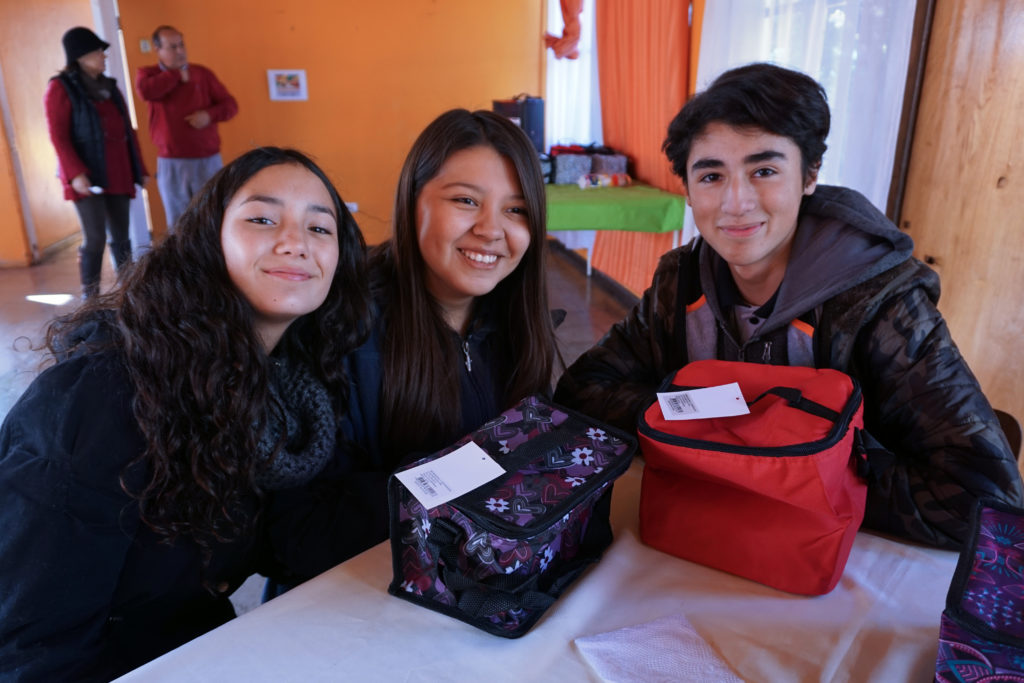Our Affiliated Project: The Maipu Center
in Santiago, Chile
Truly a nation of contrasts, Chile spans over 2,000 miles of South America’s western coastline, with deserts in the north, rainforests in the south, and the snowcapped peaks of the Andes Mountains ranging throughout. Although a politically progressive country when it comes to human rights, millions of Chileans live in abject poverty.
There is a striking disparity between the rich and the poor, which stems, in part, from the education system. A good education in Chile is expensive, and parents must pick up the bill for tuition costs. Poverty is a cycle — inadequate education yields unskilled workers who earn insufficient funds to cover tuition expenses for their children. As a result, parents work long hours for low wages, and children often get jobs at a young age to help support their families.This trend is, perhaps, most notable within Chile’s capital, where over five million people (more than a third of the country’s population) reside. Santiago lies nestled between the towering Andes Mountains to the east and a smaller, coastal range to the west. The poorest areas of the city are located in its southern and northwestern regions.
Here, underprivileged Chilean families often live in makeshift slum dwellings or in deficient public housing. It is also here in Santiago, however, that the Maipu Center was founded over 80 years ago by the Daughters of St. Joseph, an order of nuns that developed a network of children’s centers and homes for needy children all across Chile. Today, the Maipu Center serves as a private school and community center — a safe haven and a beacon of hope for children who come from extreme poverty.


